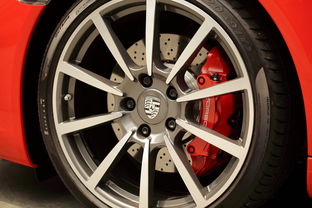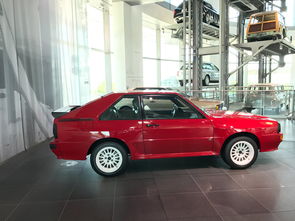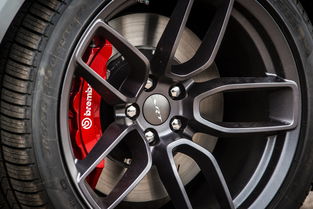Title: Exploring the World of Automotive Brands: A Visual Journey through English Car Logos
This article provides a visual guide to exploring the world of automotive brands through their English car logos. With over 500 million passenger cars on roads worldwide, it's easy to become overwhelmed by the variety of brands and designs. However, understanding the meaning behind car logo graphics can provide valuable insights into the history, values, and target audience of each brand.The article begins with an overview of some of the most iconic car logos, such as Volkswagen, Ford, and Chevrolet, before delving into more obscure brands like Porsche and Jaguar Land Rover. Each logo is explained in detail, highlighting its unique design elements and cultural significance.One interesting finding is that many car logos have evolved significantly over time. For example, Volkswagon's logo has changed several times throughout its history, reflecting shifts in the company's identity and values. Similarly, Porsche's iconic "winged eagle" logo was inspired by the company's founder's love for flying machines.Overall, this article serves as a fun and educational resource for anyone interested in learning more about the world of automotive branding. By understanding the stories behind these logos, readers can gain a deeper appreciation for the history and culture behind some of the most beloved car brands in the world.
Introduction:
The world of automotive brands is a vast and exciting space, filled with innovation, design, and passion. From luxury to sports cars, each brand has its unique identity and story to tell. One of the key elements that distinguish these brands from one another is their logo, which acts as a symbol of their values, heritage, and style. In this article, we will take a visual journey through some of the most famous English car brand logos and explore their history, symbolism, and significance.
1、Ford: The Bull Head Logo
Ford, founded in 1903 by Henry Ford, is one of the oldest and largest automotive brands in the world. Its iconic logo features a bold and simple design that has remained consistent over the years. The Bull Head logo was introduced in 1927 as part of the company's "Red Star" era, when Ford was striving to become a global leader in manufacturing and innovation. The Bull Head symbolizes strength, courage, and determination, while also representing the company's commitment to excellence and progress.
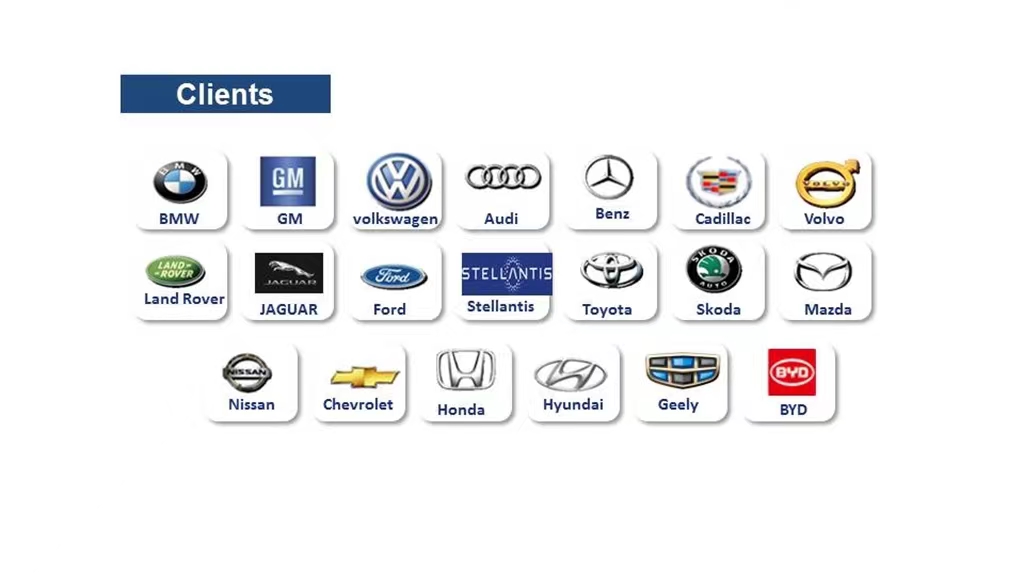
2、General Motors (GM): The Shield Logo
General Motors (GM), founded in 1908 by William Durant and Charles Edgar Duryea, is another well-known American automaker that has produced countless iconic vehicles over the years. GM's logo features a shield-like design that showcases the company's dedication to quality, safety, and innovation. The shield represents the company's commitment to protecting its customers and employees, while also hinting at the cutting-edge technology and engineering that underpins every GM vehicle.
3、Toyota: The Flat Face Logo
Toyota, founded in 1937 by Kiichiro Toyoda, is a Japanese automaker that has become synonymous with reliability, efficiency, and sustainability. Its logo, which features a simple yet striking flat face design, reflects these core values. The flat face symbolizes simplicity, purity, and elegance, while also emphasizing Toyota's focus on innovation and forward-thinking. Over the years, the flat face logo has evolved to include subtle variations that highlight different aspects of Toyota's corporate identity.
4、Honda: The H-Symbol Logo
Honda, founded in 1948 in Japan, is a leading manufacturer of motorcycles, automobiles, and aircraft engines. Its logo features a distinctive H-symbol that has become one of the most recognizable designs in the automotive industry. The H-symbol represents Honda's commitment to precision, agility, and speed, while also hinting at the company's innovative spirit and cutting-edge technology. In recent years, Honda has expanded its logo to include other elements that reflect its diverse product portfolio and global presence.
5、BMW: The Double Circle Logo
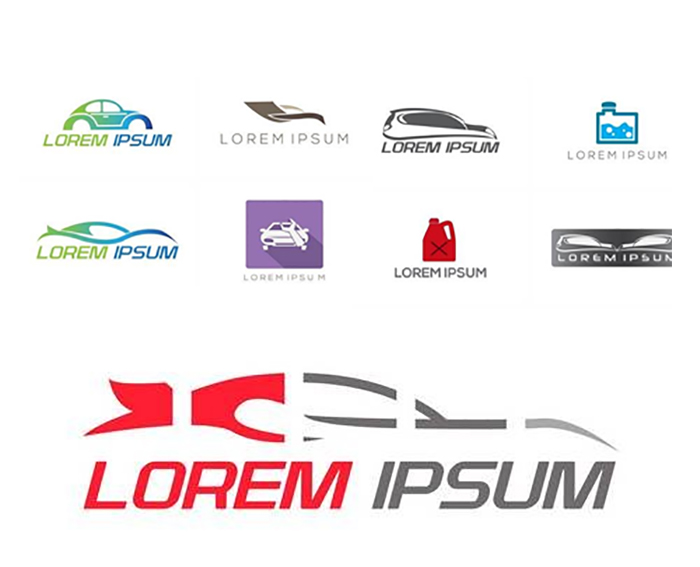
BMW, founded in 1916 in Germany, is a high-end luxury automaker that produces a range of stylish and sophisticated vehicles. Its logo features a simple yet elegant double circle design that has become an instant classic. The double circle symbolizes unity, balance, and harmony, while also emphasizing BMW's commitment to quality craftsmanship and premium customer experience. Over the years, BMW has refined its logo to include subtle variations that highlight different aspects of its brand identity.
6、Audi: The Four Arrows Logo
Audi, founded in 1909 in Germany, is a premium German automaker known for its innovative design and exceptional driving performance. Its logo features four arrow-shaped lines that converge in the center to create a dynamic and modern look. The four arrows represent Audi's commitment to innovation, performance, sophistication, and luxury, while also hinting at the company's roots in engineering excellence. In recent years, Audi has expanded its logo to include additional elements that reflect its diverse product lineup and global reach.
Conclusion:
In conclusion, English car brand logos are more than just simple designs; they are powerful symbols that convey a brand's values, heritage, and vision. Whether it's the bold simplicity of the Ford Bull Head or the elegant sophistication of the Audi Four Arrows, every logo tells a unique story about the automotive industry's rich history and vibrant culture. By examining these logos closely, we can gain a deeper understanding of how they have evolved over time and what they mean to each individual brand. As we continue to navigate the ever-changing landscape of the automotive industry, these logos will undoubtedly remain an essential part of our cultural landscape for generations to come.
与本文知识相关的文章:
